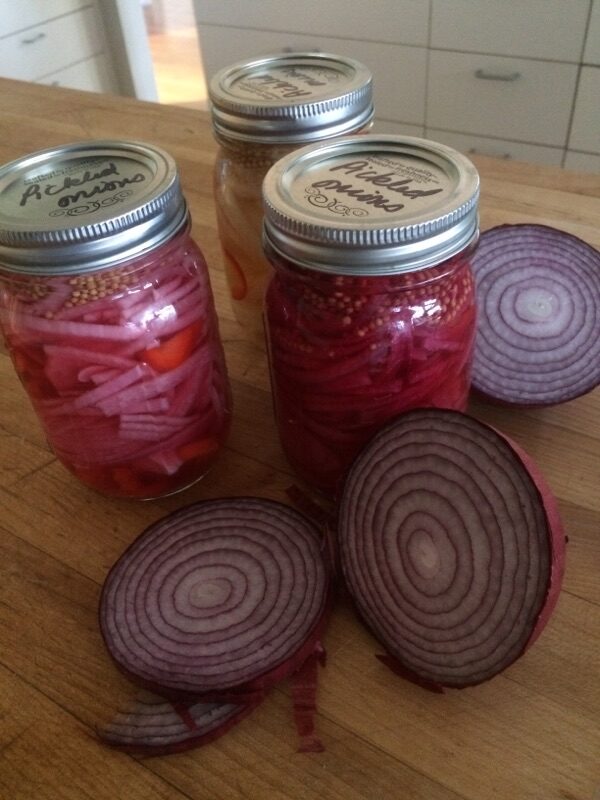Once the final Christmas present has been opened, and the last slice of ham has been made into a sandwich, it’s time to take down the seasonal decorations. However, there’s another sneaky holiday lurking around the corner: New Year’s Eve. Decorating for the New Year doesn’t get as much hype as the December holidays, but adding fresh flowers to your décor is a great way to showcase the passage of the year without having to purchase a slew of new decorations. At this point, the question becomes: What flowers are appropriate for New Year’s Eve and Day, and how do you make them last longer than a few days?
These days you can find just about any type of flower throughout the year, but ivy, evergreen, holly and poinsettias are normally associated with winter decorating because of their colors, histories and hardy natures. Other favored options include Amaryllis and Chrysanthemums. However, you can use any type of flower as long as it fits into your décor scheme. For example, you might consider fragrant lilies and roses for their scent, while carnations are useful when you need to fill space in an arrangement. If you decide to bring home warm-weather blooms, use seasonal greenery so your arrangement doesn’t look out of place for your New Year celebration. One last tip on buying: Select flowers that aren’t fully bloomed; this extends the life of your arrangement and gives you the pleasure of seeing your flowers slowly open on the table or countertop.
Once you’ve purchased your flowers, you’ll want to keep them looking healthy for as long as possible. Left as is, you can only expect fresh flowers to last a few days. However, by taking a few simple steps, you can enjoy fresh flowers for up to two weeks! The secret to extending the life of cut flowers is to minimize bacterial growth in the water and to nourish the flowers in order to replace the nutrients that they lose when they’re cut.
To begin, stave off bacterial growth by washing your vessel with hot, soapy water and rinsing it thoroughly. You can think outside of the box when choosing a container in which to place your flowers; plain bottles, jars and cans take on a festive feel when wrapped with fabric, jute or ribbon, for example. Next, snip the stems under lukewarm water, and strip away any leaves that will sit below the water line. These steps will go a long way in ensuring that bacteria isn’t present when you arrange your flowers, but creating an anti-bacterial water solution will up the ante. Add a few drops of clear alcohol, like vodka or gin, to your vase to keep bacteria at bay. Likewise, bleach and vinegar can help control the growth of bacteria; use 1/4 teaspoon of bleach or two tablespoons of vinegar for each quart of water.
Surprisingly, sugar is the thing to reach for in order to nourish your New Year’s arrangement. In fact, those little packets of powder that arrive in a florist’s bouquet are made mostly of sugar. If you’re using a vinegar solution, add three tablespoons of sugar of to the water; use one teaspoon for vodka or bleach. To extend the life of your blooms, you can also add a crushed aspirin, a copper penny, a multivitamin or a pinch each of baking soda and salt.
After your arrangement is complete, place it in a location that does not receive direct sunlight. For best results, your flowers should be kept in a cold location at night. Change the water every other day, complete with the addition of an anti-bacterial agent and a source of nourishment. To get the ultimate visual impact from your arrangement, consider placing it in front of or on top of a mirror.
Content Provided by Spot55.com

















